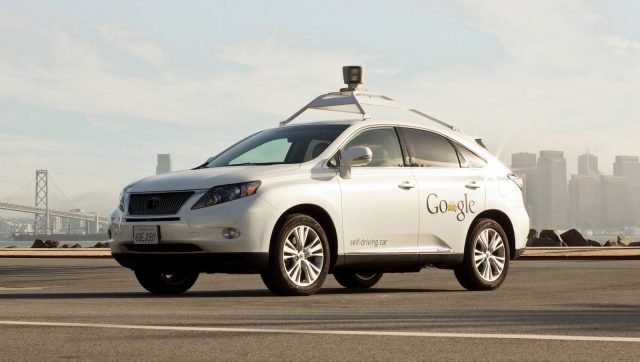Self-driving cars are being put on a data diet

A Google self-driving car. (credit: Google)
For self-driving-car developers, like many iPhone and Google Photos users, the growing cost of storing files on the cloud has become a nagging headache.
Early on, robocar companies pursued a brute-force approach to maximize miles and data. We could take all the data the cars have seen over time, the hundreds of thousands of pedestrians, cyclists, and vehicles, [and] take from that a model of how we expect them to move," said Chris Urmson, an early leader of Google's self-driving project, in a 2015 TED Talk.
Urmson spoke at a time when autonomous vehicle prototypes were relatively few and the handful of companies testing them could afford to keep almost every data point they scooped up from the road. But nearly a decade later, Google's project and many others have fallen far behind their own predictions of the timeline for success. Growing fleets, fancier sensors, and tighter budgets are forcing companies working on robotaxi and robofreight services to get pickier about what stays on their servers.